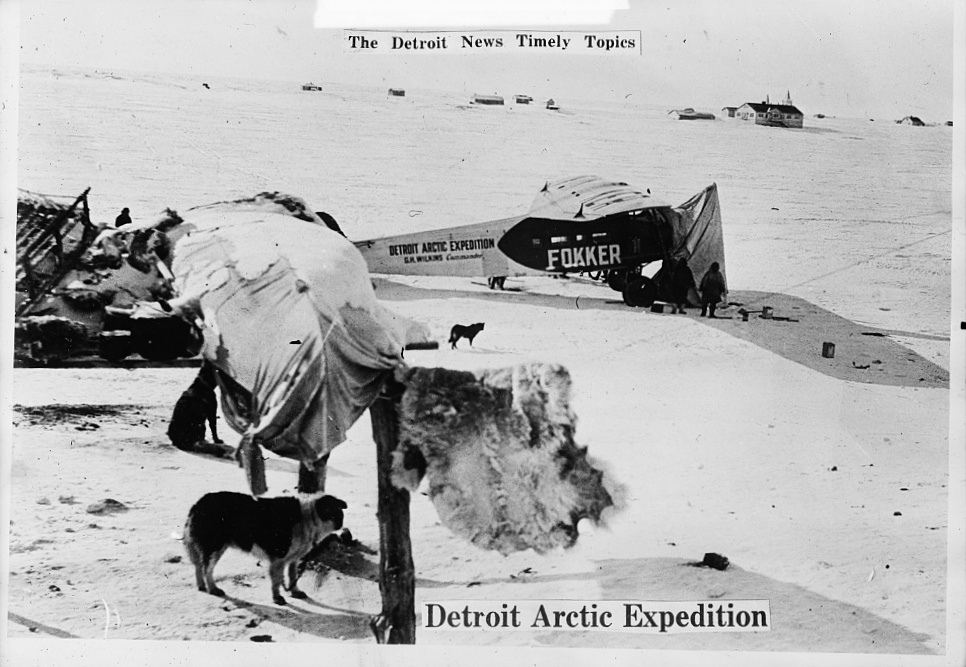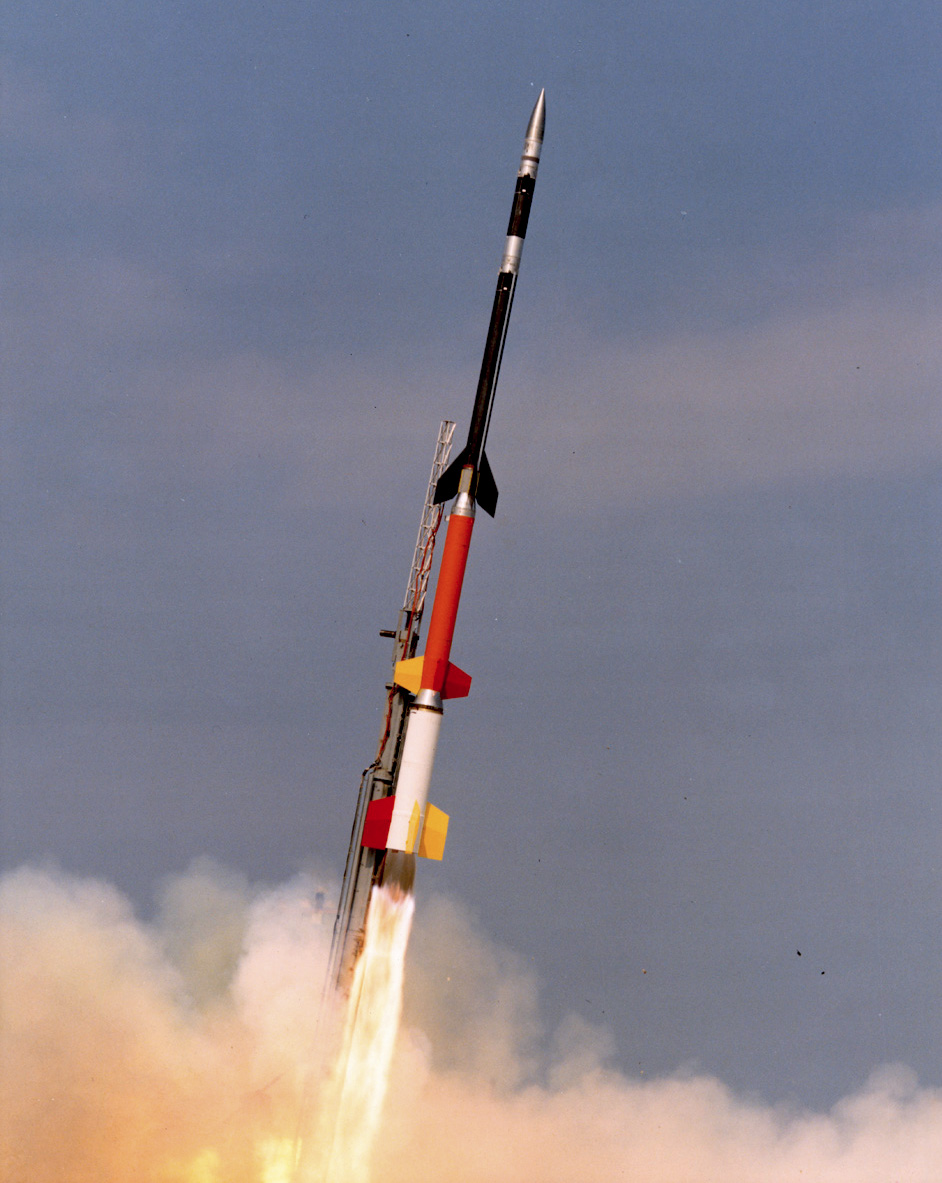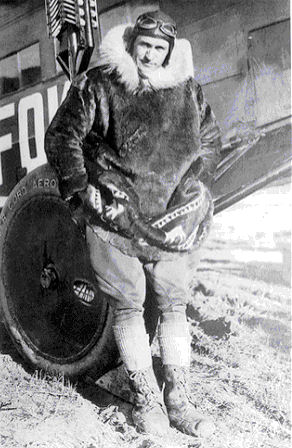|
Point Barrow, Alaska
Point Barrow or Nuvuk is a headland on the Arctic coast in the U.S. state of Alaska, northeast of Utqiaġvik (formerly Barrow). It is the northernmost point of all the territory of the United States, at , south of the North Pole. (The northernmost point on the North American mainland, Murchison Promontory in Canada, is farther north.) Point Barrow is an important geographical landmark, marking the limit between two marginal seas of the Arctic Ocean, the Chukchi Sea to the west and the Beaufort Sea to the east. It was named by English explorer Frederick William Beechey in 1826 for Sir John Barrow, a statesman and geographer of the British Admiralty. The water around it is normally ice-free for two or three months a year, but this was not the experience of the early explorers. Beechey could not reach it by ship and had to send a ship's boat ahead. In 1826 John Franklin tried to reach it from the east and was blocked by ice. In 1837 Thomas Simpson walked 50 miles west to ... [...More Info...] [...Related Items...] OR: [Wikipedia] [Google] [Baidu] |
Extreme Points Of The United States
This is a list of points in the United States that are farther north, south, east or west than any other location in the country. Also included are extreme points in elevation, extreme distances and other points of peculiar geographic interest. Northernmost points *Point Barrow, Alaska – northernmost point in the United States *Utqiaġvik, Alaska – northernmost incorporated place in all U.S. territory, population about 4,000 *Fairbanks, Alaska – northernmost city of more than 20,000 residents, and northernmost incorporated city with public road access *Anchorage, Alaska – northernmost city of more than 100,000 residents *Juneau, Alaska – northernmost capital city in the United States *Northwest Angle Inlet in Lake of the Woods, Minnesota – northernmost point in the 48 contiguous states * Sumas, Washington – northernmost incorporated place in the 48 contiguous states *Lynden, Washington – northernmost city o ... [...More Info...] [...Related Items...] OR: [Wikipedia] [Google] [Baidu] |
John Franklin
Sir John Franklin (16 April 1786 – 11 June 1847) was a British Royal Navy officer and Arctic explorer. After serving in wars against Napoleonic France and the United States, he led two expeditions into the Canadian Arctic and through the islands of the Arctic Archipelago, in 1819 and 1825, and served as Lieutenant-Governor of Van Diemen's Land from 1839 to 1843. During his third and final expedition, an attempt to traverse the Northwest Passage in 1845, Franklin's ships became icebound off King William Island in what is now Nunavut, where he died in June 1847. The icebound ships were abandoned ten months later and the entire crew died, from causes such as starvation, hypothermia, and scurvy. Biography Early life Franklin was born in Spilsby, Lincolnshire, on , the ninth of twelve children born to Hannah Weekes and Willingham Franklin. His father was a merchant descended from a line of country gentlemen while his mother was the daughter of a farmer. One of hi ... [...More Info...] [...Related Items...] OR: [Wikipedia] [Google] [Baidu] |
Sounding Rocket
A sounding rocket or rocketsonde, sometimes called a research rocket or a suborbital rocket, is an instrument-carrying rocket designed to take measurements and perform scientific experiments during its sub-orbital flight. The rockets are used to launch instruments from 48 to 145 km (30 to 90 miles) above the surface of the Earth, the altitude generally between weather balloons and satellites; the maximum altitude for balloons is about 40 km (25 miles) and the minimum for satellites is approximately 121 km (75 miles). Certain sounding rockets have an apogee between 1,000 and 1,500 km (620 and 930 miles), such as the Black Brant X and XII, which is the maximum apogee of their class. Sounding rockets often use military surplus rocket motors. NASA routinely flies the Terrier Mk 70 boosted Improved Orion, lifting 270–450-kg (600–1,000-pound) payloads into the exoatmospheric region between 97 and 201 km (60 and 125 miles). Etymology The origin of the term ... [...More Info...] [...Related Items...] OR: [Wikipedia] [Google] [Baidu] |
Nike Apache
The Nike Apache, also known as Argo B-13, was a two-stage sounding rocket developed by Aerolab, later Atlantic Research, for use by the United States Air Force and NASA. It became the standard NASA sounding rocket and was launched over 600 times between 1961 and 1978. Development The TE-307-2 Apache rocket motor was developed by Thiokol as an improvement of its Cajun series of rockets; the Apache was similar in appearance to Cajun, but had an improved propellant that allowed for better performance. Combined with a M5 Nike rocket booster for its first stage by Aerolab,Parsch 2004 the Nike-Apache sounding rocket was capable of lifting of instruments to an apogee of .Corliss 1971, p.82. Operational history The first launch of Nike-Apache was conducted by the United States Air Force on 17 February 1961. Popular due to its low cost (US$6,000) and ability to be fired from many locales, 636 launches were conducted between 1961 and 1978, with the final launch of a Nike-Apache taking pla ... [...More Info...] [...Related Items...] OR: [Wikipedia] [Google] [Baidu] |
Nike-Cajun
The Nike-Cajun was a two-stage sounding rocket built by combining a Nike base stage with a Cajun upper stage. The Nike-Cajun was known as a CAN for Cajun And Nike. The Cajun was developed from the Deacon rocket. It retained the external size, shape and configuration of the Deacon but had 36 percent greater impulse than the Deacon due to improved propellant. It was launched 714 times between 1956 and 1976 and was the most frequently used sounding rocket of the western world. The Nike Cajun had a launch weight of 698 kg (1538 lb), a payload of 23 kg (51 lb), a launch thrust of 246 kN (55,300 lbf) and a maximum altitude of 120 km (394,000 ft). It had a diameter of 42 cm (1 ft 4 in) and a length of 7.70 m (25 ft 3 in). The maximum speed of the Nike-Cajun was . The Cajun stage of this rocket was named for the Cajun people of south Louisiana because one of the rocket's designers, J. G. Thibodaux, was a Cajun. The Nike ... [...More Info...] [...Related Items...] OR: [Wikipedia] [Google] [Baidu] |
Will Rogers
William Penn Adair Rogers (November 4, 1879 – August 15, 1935) was an American vaudeville performer, actor, and humorous social commentator. He was born as a citizen of the Cherokee Nation, in the Indian Territory (now part of Oklahoma), and is known as "Oklahoma's Favorite Son". As an entertainer and humorist, he traveled around the world three times, made 71 films (50 silent films and 21 "talkies"), and wrote more than 4,000 nationally syndicated newspaper columns. By the mid-1930s, Rogers was hugely popular in the United States for his leading political wit and was the highest paid of Hollywood film stars. He died in 1935 with aviator Wiley Post when their small airplane crashed in northern Alaska. Rogers began his career as a performer on vaudeville. His rope act led to success in the ''Ziegfeld Follies'', which in turn led to the first of his many movie contracts. His 1920s syndicated newspaper column and his radio appearances increased his visibility and populari ... [...More Info...] [...Related Items...] OR: [Wikipedia] [Google] [Baidu] |
Wiley Post
Wiley Hardeman Post (November 22, 1898 – August 15, 1935) was a famed American aviator during the interwar period and the first pilot to fly solo around the world. Also known for his work in high-altitude flying, Post helped develop one of the first pressure suits and discovered the jet stream. On August 15, 1935, Post and American humorist Will Rogers were killed when Post's aircraft crashed on takeoff from a lagoon near Point Barrow in the Territory of Alaska. Post's Lockheed Vega aircraft, the ''Winnie Mae'', was on display at the National Air and Space Museum's Steven F. Udvar-Hazy Center from 2003 to 2011. It is now featured in the "Time and Navigation" gallery on the second floor of the National Air and Space Museum in Washington, D.C. Early life Post was born to parents who cultivated cotton on a farm near Grand Saline, Texas. His father was William Francis and his mother was Mae Quinlan Post, a person of mixed Cherokee heritage. His family moved to Oklahoma whe ... [...More Info...] [...Related Items...] OR: [Wikipedia] [Google] [Baidu] |
Aviator
An aircraft pilot or aviator is a person who controls the flight of an aircraft by operating its Aircraft flight control system, directional flight controls. Some other aircrew, aircrew members, such as navigators or flight engineers, are also considered aviators, because they are involved in operating the aircraft's navigation and engine systems. Other aircrew members, such as drone operators, flight attendants, Aircraft maintenance technician, mechanics and Line technician (aviation), ground crew, are not classified as aviators. In recognition of the pilots' qualifications and responsibilities, most militaries and many airlines worldwide award aviator badges to their pilots. History The first recorded use of the term ''aviator'' (''aviateur'' in French) was in 1887, as a variation of ''aviation'', from the Latin ''avis'' (meaning ''bird''), coined in 1863 by in ''Aviation Ou Navigation Aérienne'' ("Aviation or Air Navigation"). The term ''aviatrix'' (''aviatrice'' in F ... [...More Info...] [...Related Items...] OR: [Wikipedia] [Google] [Baidu] |
Rogers-Post Site
The Rogers-Post Site, located on the North Slope of the U.S. state of Alaska, is the location of a plane crash that killed humorist Will Rogers and aviator Wiley Post on August 15, 1935, during an aerial tour of Alaska. It is about southwest of Utqiaġvik, on the north side of Walakpa Bay near the mouth of the Walakpa River. The flight was described by the Associated Press as prelude to a planned Trans-Siberian flight to Moscow. The pair were flying from Fairbanks to Barrow (modern-day Utqiaġvik) when they encountered fog and low visibility. Locating a hole in the fog at Walakpa Bay, they landed. They spent some time with a small party of Alaska Natives and received directions for the short distance remaining to Barrow. They were barely airborne, around , when the motor failed. The aircraft plummeted into the lagoon and overturned. It was the first fatal air accident near the city of Utqiaġvik. The first monument at the site was dedicated three years after the crash and ... [...More Info...] [...Related Items...] OR: [Wikipedia] [Google] [Baidu] |
Spitsbergen
Spitsbergen (; formerly known as West Spitsbergen; Norwegian: ''Vest Spitsbergen'' or ''Vestspitsbergen'' , also sometimes spelled Spitzbergen) is the largest and the only permanently populated island of the Svalbard archipelago in northern Norway. Constituting the westernmost bulk of the archipelago, it borders the Arctic Ocean, the Norwegian Sea, and the Greenland Sea. Spitsbergen covers an area of , making it the largest island in Norway and the 36th-largest in the world. The administrative centre is Longyearbyen. Other settlements, in addition to research outposts, are the Russian mining community of Barentsburg, the research community of Ny-Ålesund, and the mining outpost of Sveagruva. Spitsbergen was covered in of ice in 1999, which was approximately 58.5% of the island's total area. The island was first used as a whaling base in the 17th and 18th centuries, after which it was abandoned. Coal mining started at the end of the 19th century, and several permanent commun ... [...More Info...] [...Related Items...] OR: [Wikipedia] [Google] [Baidu] |
George Hubert Wilkins
Sir George Hubert Wilkins MC & Bar (31 October 188830 November 1958), commonly referred to as Captain Wilkins, was an Australian polar explorer, ornithologist, pilot, soldier, geographer and photographer. He was awarded the Military Cross after he assumed command of a group of American soldiers who had lost their officers during the Battle of the Hindenburg Line, and became the only official Australian photographer from any war to receive a combat medal. He narrowly failed in an attempt to be the first to cross under the North Pole in a submarine, but was able to prove that submarines were capable of operating beneath the polar ice cap, thereby paving the way for future successful missions. The US Navy later took his ashes to the North Pole aboard the submarine USS ''Skate'' on 17 March 1959. Early life Hubert Wilkins was a native of Mount Bryan East, South Australia, the last of 13 children in a family of pioneer settlers and sheep farmers. He was born at Mount Bryan East, ... [...More Info...] [...Related Items...] OR: [Wikipedia] [Google] [Baidu] |
Carl Ben Eielson
Carl Benjamin "Ben" Eielson (July 20, 1897 – November 9, 1929) was an American aviator, bush pilot and explorer. Eielson Air Force Base in Alaska is named in his honor. In 1997 Carl Ben Eielson was inducted into the North Dakota Aviation Hall of Fame. Background Carl Benjamin Eielson was born in Hatton, North Dakota to Norway, Norwegian immigrant parents. His interest in aviation went back to his childhood. Following the entry of the United States into World War I, Eielson found his chance to become an aviator. Eielson learned to fly in the U.S. Army Air Service in 1917. In January 1918 he enlisted in the newly formed aviation section of the U.S. Army Signal Corps. World War I ended while Eielson was in flight training. Eielson returned to North Dakota to help in his father's store and finish his degree at the University of North Dakota. During the winter of 1919–20, he and others founded the Hatton Aero Club, the first flying club in North Dakota. After graduating from t ... [...More Info...] [...Related Items...] OR: [Wikipedia] [Google] [Baidu] |








